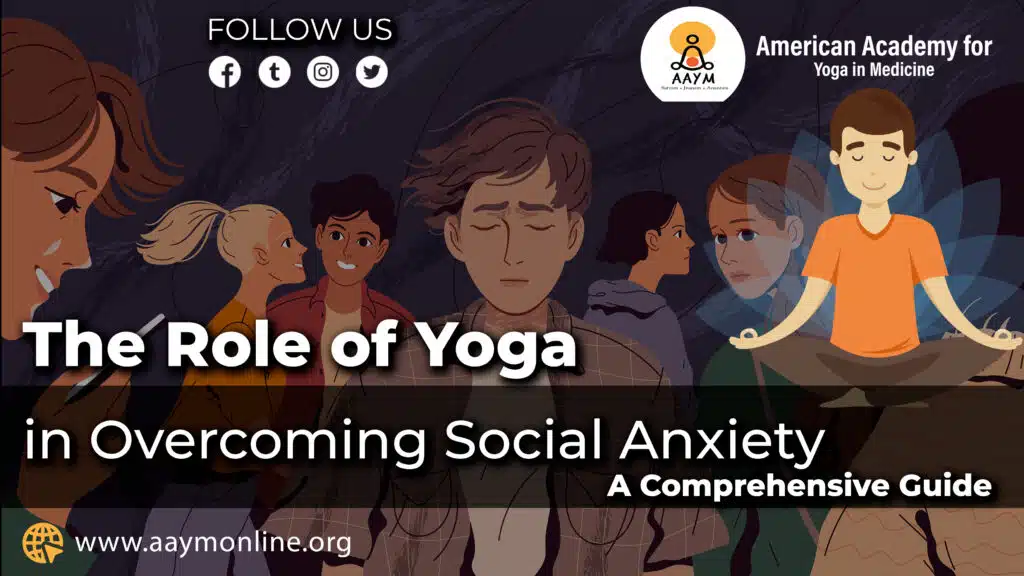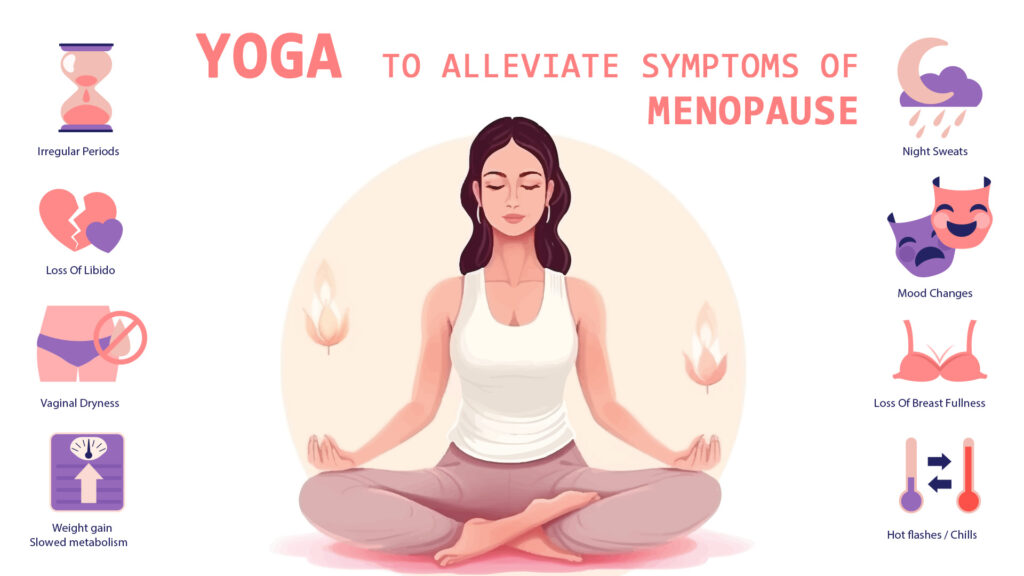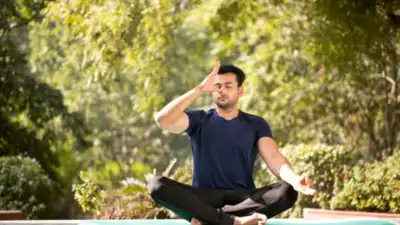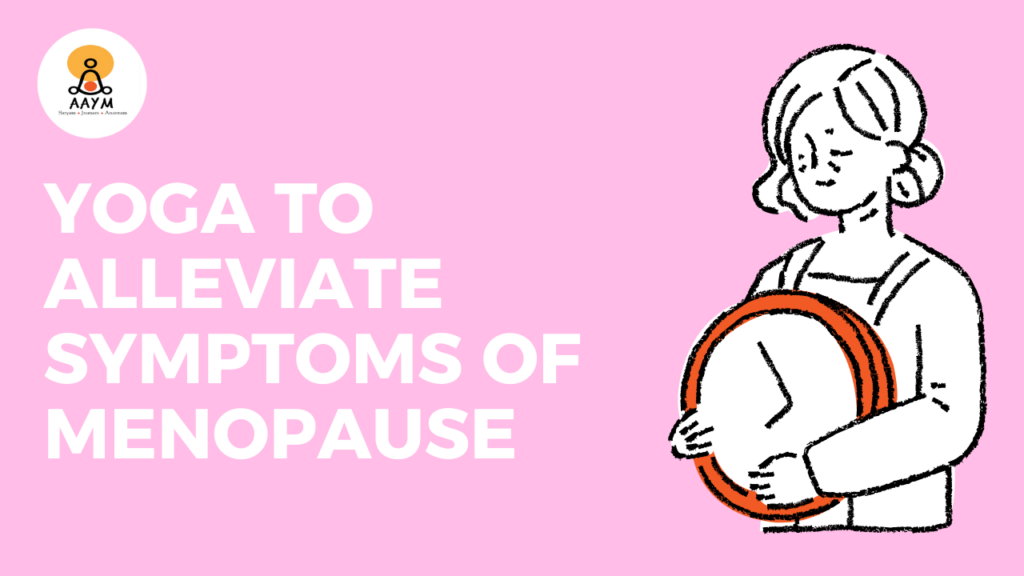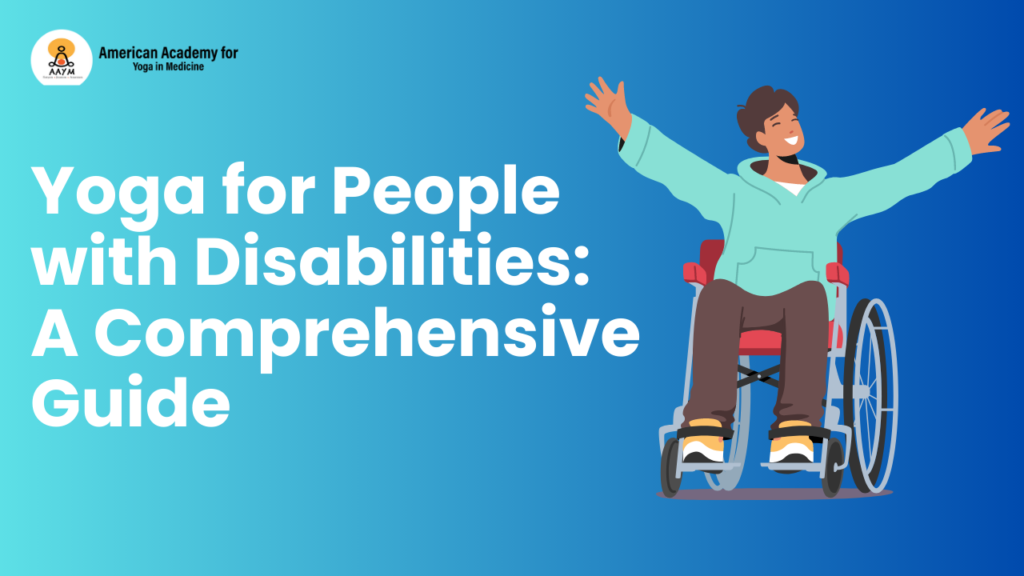The Role of Yoga in Overcoming Social Anxiety: A Comprehensive Guide
Introduction: Yoga as a Natural Remedy for Social Anxiety Social anxiety disorder (SAD) is a pervasive mental health issue affecting about 7% of adults in the United States. It’s a condition that often starts in adolescence or early adulthood and can severely impact one’s quality of life. But what if there were a natural, holistic way to manage this anxiety? Enter yoga—a practice that has been around for thousands of years and is now being recognized for its mental health benefits. In this blog, we’ll explore the scientific evidence, delve into the types of yoga beneficial for social anxiety, and offer practical tips to incorporate this ancient practice into your modern life. The Prevalence of Social Anxiety: Why It’s a Growing Concern Social anxiety is not just a fleeting emotion; it’s a significant mental health condition. In the United States alone, about 7% of adults suffer from SAD, with women being more affected than men. The condition often starts early, either in adolescence or young adulthood, and can even begin in childhood. The primary symptom is an overwhelming fear of social situations, especially those where one might be evaluated or scrutinized by others. Physical symptoms like blushing, sweating, nausea, and dizziness often accompany this fear. Moreover, SAD frequently co-occurs with other mental health conditions like major depressive disorder, generalized anxiety disorder, and specific phobias. Understanding Social Anxiety: The Psychological Aspect Social anxiety is more than just shyness or nervousness in social settings. It’s a condition characterized by intense fear and avoidance of social situations. This fear often stems from the worry of being judged or evaluated negatively by others. The symptoms can be debilitating, affecting one’s ability to engage in everyday activities like speaking in public, eating in front of others, or even meeting new people. The physical manifestations—such as sweating, blushing, and nausea—only add to the distress. Scientific Evidence: How Yoga Helps Alleviate Social AnxietyThe Mind-Body Connection in Yoga Yoga is not just about physical postures; it’s a mind-body practice that focuses on harmonizing the two. A meta-analysis published in Frontiers in Psychiatry reviewed 23 randomized controlled trials and found that yoga had moderate effects on reducing depression, anxiety, and stress among students. This is particularly relevant for those who face academic and social pressures, often a trigger for social anxiety. The Neurochemical Impact of Yoga Yoga has been found to affect neurotransmitters like serotonin, which plays a crucial role in mood regulation. A cross-sectional study published in PLOS ONE found that yoga was an effective self-management strategy to cope with stress, anxiety, and depression, especially during challenging times like the COVID-19 lockdown. Types of Yoga for Social Anxiety: Tailoring Your PracticeHatha Yoga: The Basics Hatha Yoga is often recommended for beginners because of its slower pace and easier movements. An article on Asana – International Yoga Journal suggests that yoga, including Hatha, helps ignite our parasympathetic nervous system, which relaxes and calms the body and mind. Kundalini Yoga: The Spiritual Aspect Kundalini Yoga is known for its spiritual elements, including mantra chanting and meditation. An article titled “How Yoga Can Help You Overcome Your Social Anxiety” explains that Kundalini Yoga can teach you how to change your response to challenging situations, alleviate physical stress, and help you become conscious of subconscious patterns that create anxiety. Practical Tips: Incorporating Yoga into Your Daily RoutineCreating a Yoga Space at Home Having a dedicated space for yoga can indeed enhance your practice. In addition to a mat and some candles, consider adding some calming elements like essential oil diffusers or soft, instrumental music. A wall mirror can also be beneficial for checking your posture and alignment during poses. Personalize the space with items that bring you peace—perhaps some indoor plants or spiritual symbols that resonate with you. The goal is to create an environment that signals your mind to relax and focus as soon as you step into it. Joining Yoga Classes: What to Look For If you’re leaning towards a community setting, there’s more to consider than just the focus on stress reduction and relaxation techniques. Check the credentials of the yoga instructor to ensure they have experience in dealing with mental health issues like social anxiety. Look for classes that offer a balanced approach, incorporating both physical postures and mindfulness techniques. Some classes even offer a short discussion or Q&A session at the end, which can be incredibly helpful for addressing specific concerns you may have. Also, consider the class size; smaller classes often provide more personalized attention. Learn from Experts: AAYM’s Upcoming Webinar If you’re looking for expert guidance, the American Academy for Yoga in Medicine (AAYM) is a reputable organization that teaches Yoga as Integrative Medicine. They offer webinars that delve into the medical and scientific research on the benefits of Yoga for various health conditions. Don’t miss their upcoming webinar on September 30th, which will discuss and demonstrate how Yoga and meditation can help with burnout, mental stress, anxiety, and overall mental health. Conclusion: Embrace Yoga for a Socially Confident You Yoga is not just a physical exercise; it’s a lifestyle change that can significantly impact your mental well-being. The practice encourages you to confront your fears and anxieties, teaching you how to control your reactions to stressors. It’s a journey of self-discovery, helping you understand the triggers and thought patterns that fuel your social anxiety. And the beauty of it is that the yoga community is one of inclusion and acceptance, providing a safe space to work through your challenges. So take the plunge—your journey to a more socially confident you is just a yoga session away.
The Role of Yoga in Overcoming Social Anxiety: A Comprehensive Guide Read More »

